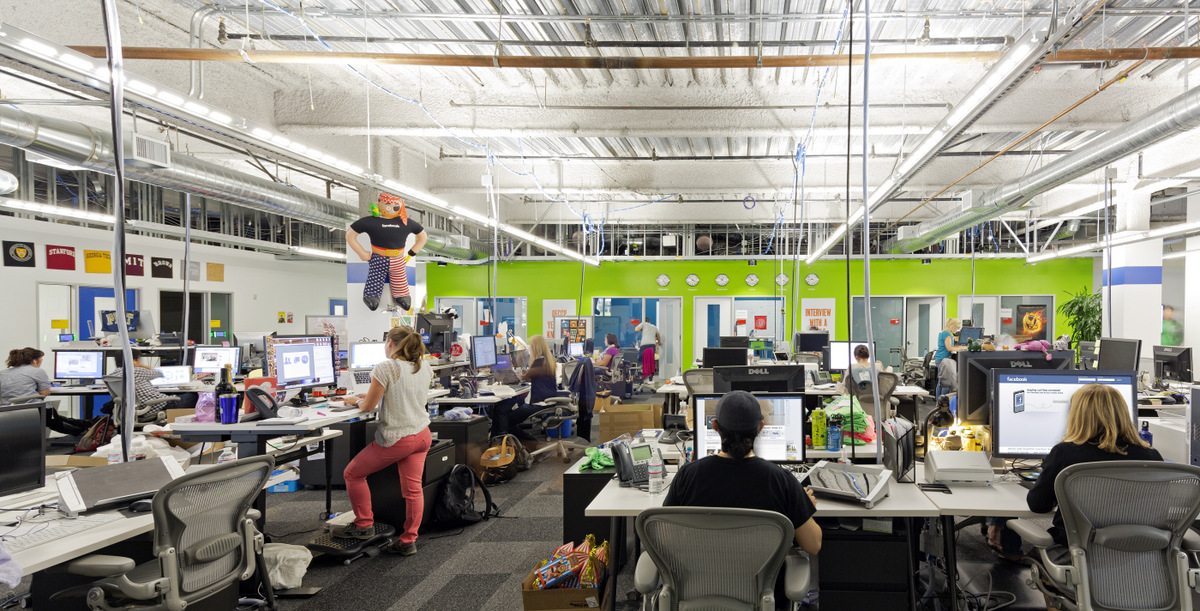
The question today: Has the Open Floor Plan Office been over done?
Open Floor Plans have been revolutionary in both good and bad ways.
- In most situations, it allows more people to occupy a space
- It was innovative when it was first instituted.
- It encourages people to interact.
- It appears to have a democratizing affect. It tends to reduce territorial complaints.
It has also had unintended consequences:
- Environments can be loud.
- Limited privacy.
- Employees find ways to screen out their neighbors (headphones, for instance)
- Phone calls are difficult to make.
- Meeting rooms are impacted.
- Difficult transition for employees who are used to their own space.

If you are considering moving to Open Floor Plans, you should consider whether this will fit with the work your employees do and how can you make it more palatable.
Companies that do it right have a few things in common.
- They provide other amenities to their staff to help mitigate the stresses that come with open offices.
- They provide conference rooms and phone booths that staff can book.
- They provide more kitchens and break rooms and other opportunities for staff to get up and move around.
- They also provide library resources for collections of items that staff would historically have had at their desks.

The employees at these companies tend to have roles that benefit from interaction with others. Creative work and team project work can be helped by the proximity engendered by open layouts. Projects that require a lot of concentration by individuals may not be improved by open layouts. This would work well at an internet startup, but not so great in an attorney's office.
Implementing Open Floor Plans in a company that's historically used cubicles and offices can be particularly difficult. There will be a lot of resistance. In those situations it becomes imperative that employees see there are significant benefits for them in making the transition. If not, you can easily alienate your workforce.
Keep your Open Floor Plans from being distracting and demoralizing by providing resources and amenities that make up for the loss of privacy and noise that comes with more people in a room at a time.
What's your point-of view on Open Floor Plans? Do you prefer the cubicle? How have they worked well or not worked for your office? We love hearing your thoughts!!
Subscribe to the blog and follow us on Twitter, Facebook, and Pinterest to keep up to date with the latest news from Robert Stephen Consulting, LLC.
Follow @rsc2lc Tweet





No Comments Yet, Leave Yours!